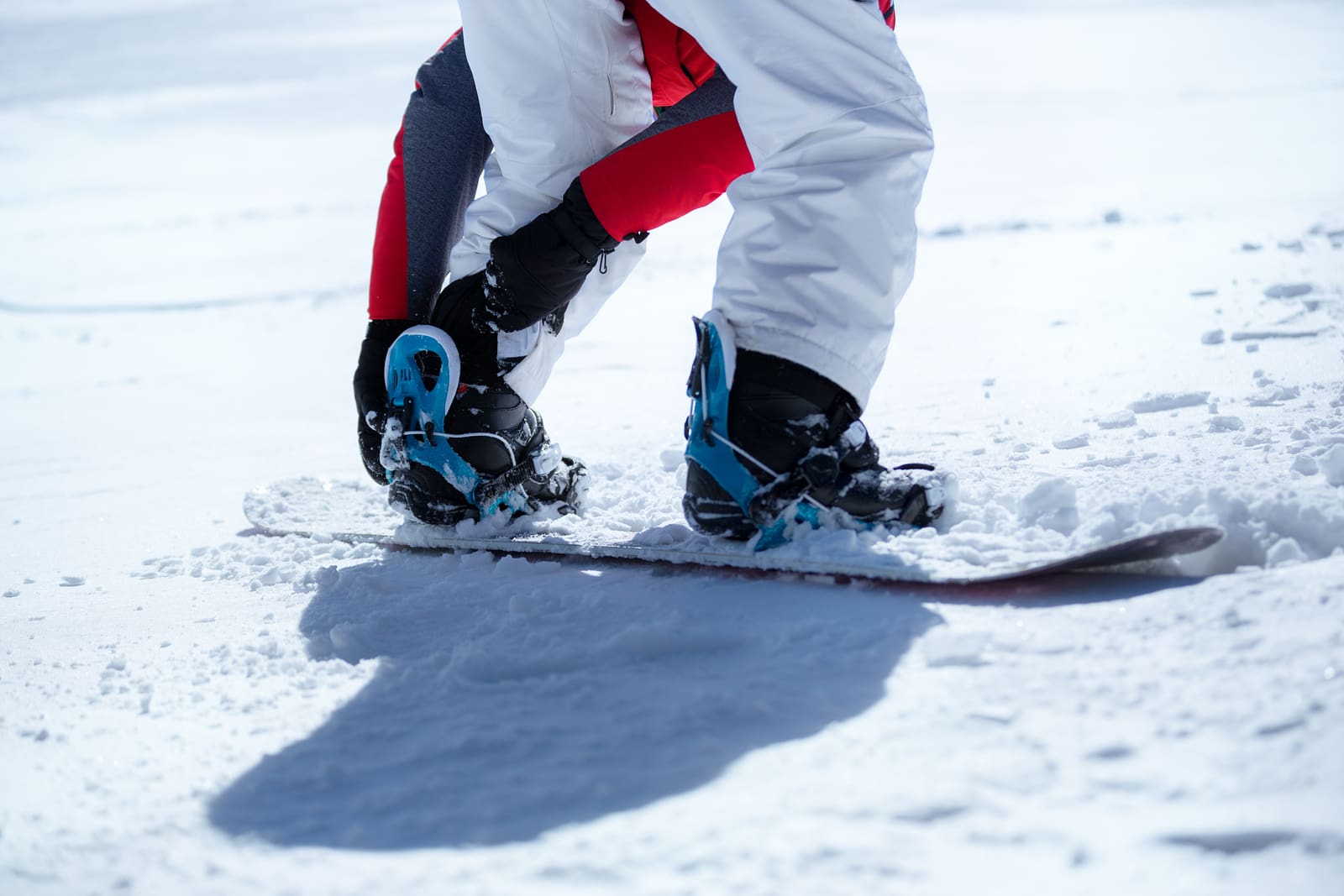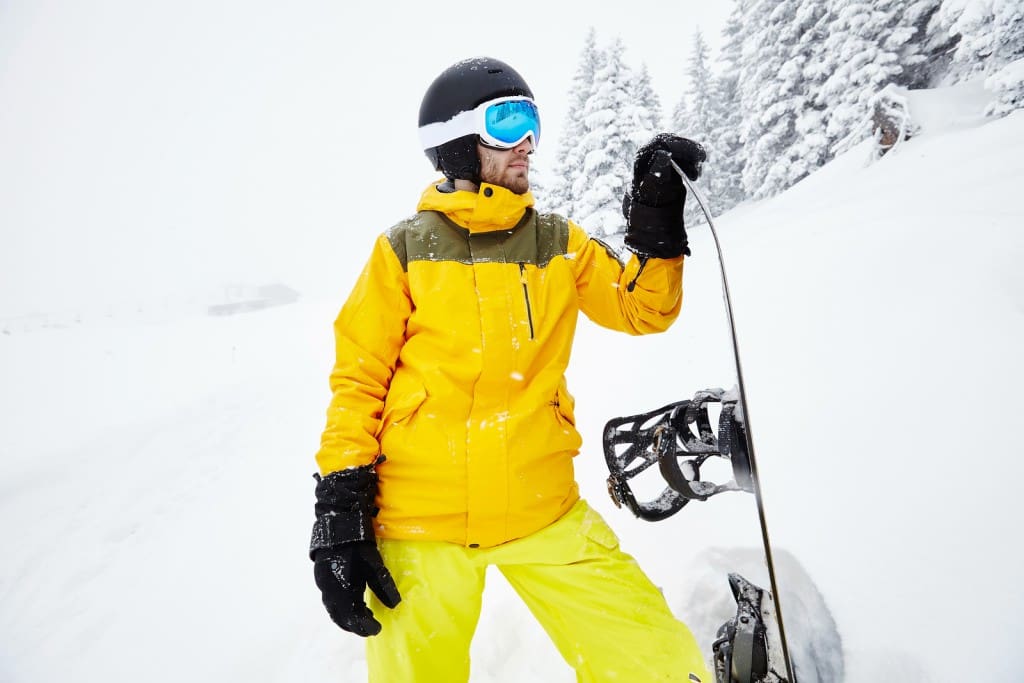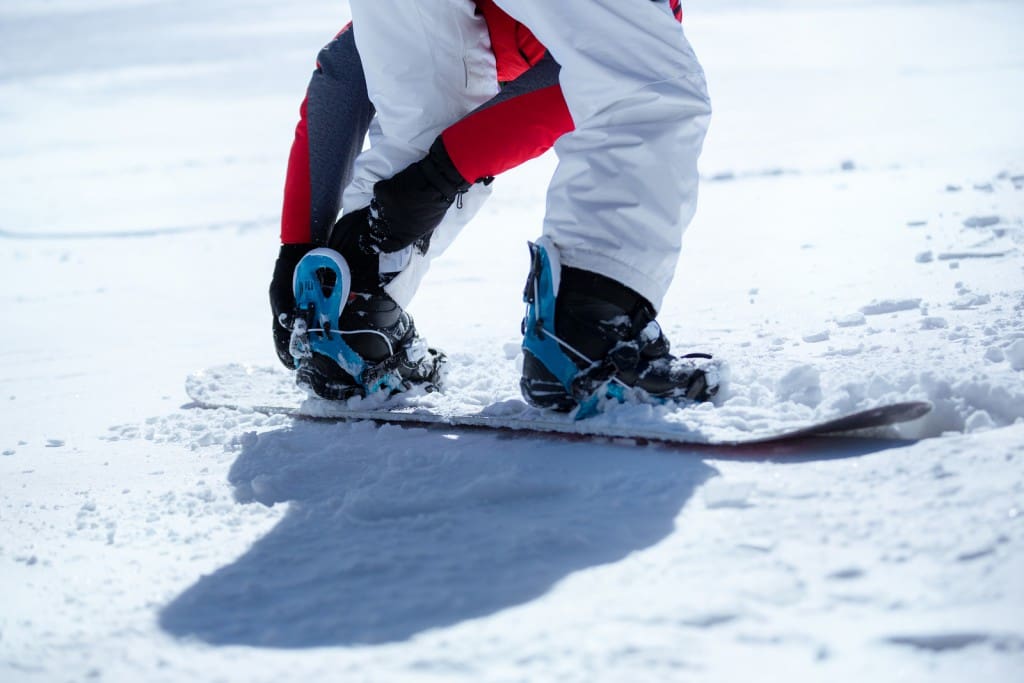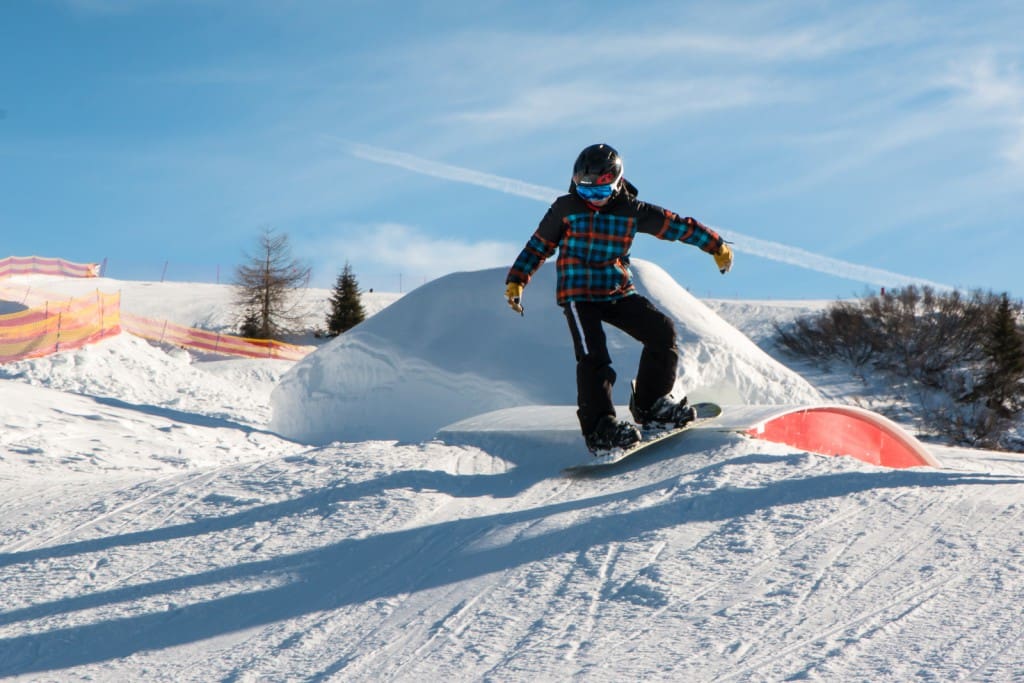
Want to be amazing at snowboarding? Here is how!
So you have mastered the basics of snowboarding, you’re linking turns and feel confident on your board? Great! Then you are ready to move on and try out some of our intermediate snowboarding tips, because there’s nothing better than nailing a new trick, tearing up a new run or hitting a new feature for the first time. Of course, these tips can’t take the place of a great snowboard instructor, but will give you some things to think about when you hit the slopes next.
Pick the right gear
With so many boards, boots, bindings and items of apparel available it’s very easy to buy a setup that will not suit your ability, strength or riding style. Start with your foot size – it is amazing how many people don’t pay attention to this. If you have toe/heel drag, you’re going to have a horrible snowboard experience. And don’t buy a board that is too narrow for you – better get a wider one.
Balance and stance
A good stance is the foundation of good boarding experience. If you are stiff and rigid not only are you going to ache after a couple of hours of boarding but your riding is going to… suck. Snowboarding should be a fluid thing that takes in the lumps and bumps of the slopes with ease. Stand with your knees slightly bent directly over your knees. Your body needs to be relaxed and comfortable.
Once you’ve got the stance right, everything else will come much easier. If you are having trouble with balance, make sure you’re staying on an edge of the board – if you just stay flat on it, you’ll usually catch an edge and you can fall that way.
Get fit and increase your strength
Do you know why so many professional athletes spend hours each day in the gym? Because it makes a huge difference to their performance. If you don’t have an opportunity to ride almost every day in the winter then you will need to stay snowboard-fit another way. Exercising will also help to prevent muscle and ligament injuries. You should concentrate on four main areas – core, legs, flexibility and high strength to weight ratio (increasing strength but not bulking up).
Speed Control
The vast majority of those times you catch your edges and end up with a face full of snow will be down to speed control or lack of. Sounds familiar? To avoid catching your edges and controlling your speed, you need to make smooth carving turns, turning up the slope at the end of each turn to reduce your speed. However, catching an edge depends not only on the speed, but also on the height and position of the snowboarder, so you have to observe the above-mentioned points.
The main point of this article is that you can be a great snowboarder, even if you fail at first. Remember that practice really makes perfect. You will not improve unless you get out onto the snow and put an extra time and effort in it. The more you try, the sweeter your moves will be and the more impressed your mates will be.



